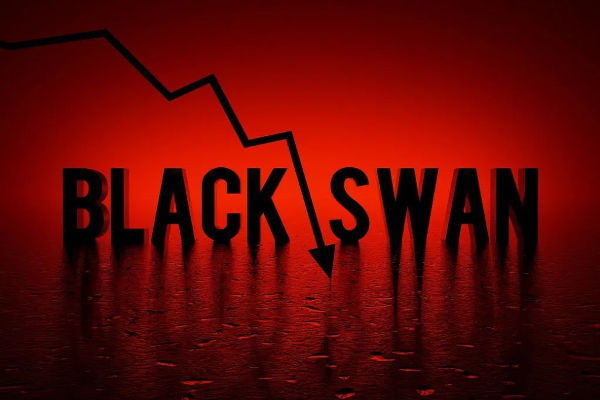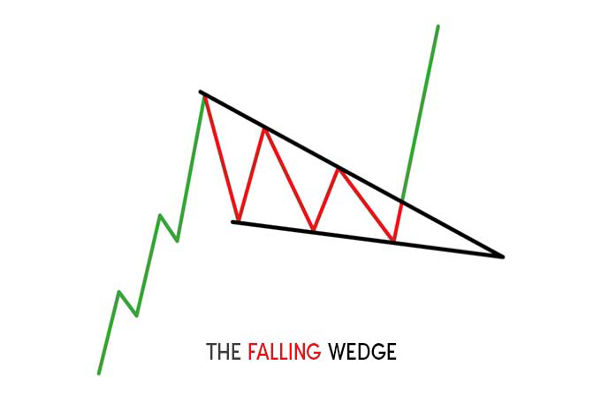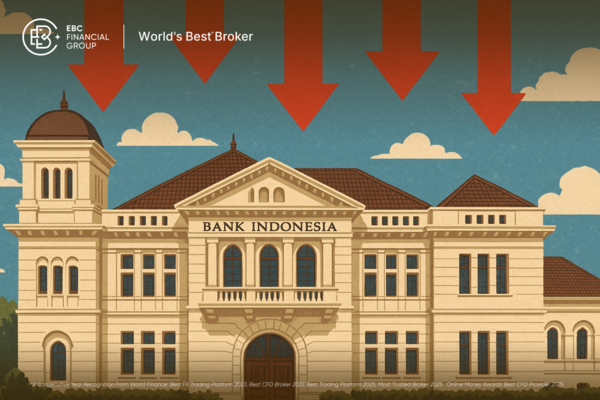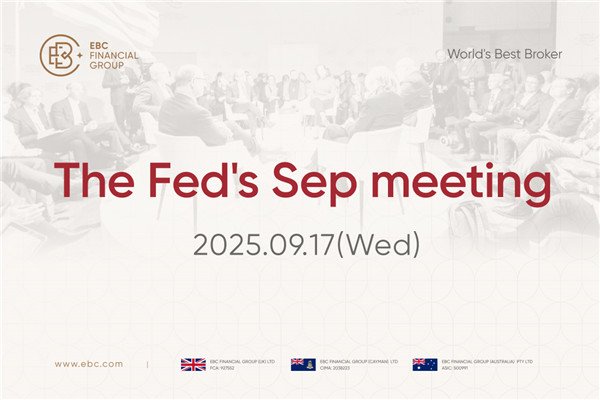What Does Arbitrage Trading Mean?
Arbitrage trading, also known as hedging profit, refers to buying and selling two different types of futures contracts simultaneously. When conducting arbitrage trading, investors are concerned about the mutual price relationship between contracts, rather than the absolute price level. Investors buy contracts that they believe are undervalued by the market, while selling contracts that they believe are overvalued by the market. If the direction of price change is consistent with the original estimate; If the price of the purchased contract increases and the price of the sold contract decreases, investors can profit from the changes in the relationship between the two contract prices. On the contrary, investors have losses.

Arbitrage trading plays two roles in the futures market: firstly, arbitrage provides investors with hedging opportunities; Second, it helps to pull the distorted market price back to the normal level.
Compared with ordinary speculative trading, arbitrage trading has the following characteristics:
1. Lower risk. The price difference changes of different futures contracts are far less drastic than the absolute price level changes, which correspondingly reduces risks, especially avoiding the risk of sudden events impacting the market.
2. Facilitate the entry and exit of large funds. Arbitrage trading can attract large funds, but due to bilateral holdings, it is difficult for major institutions to force arbitrage traders to cut their positions and exit.
3. Long term stable interest rates. The profits of arbitrage trading do not fluctuate greatly like unilateral speculation, and at the same time, arbitrage trading operates by utilizing unreasonable price differences in the market. In most cases, unreasonable price differentials will quickly return to normal, so arbitrage trading has a high success rate.
The main arbitrage models include cross period arbitrage, cross commodity arbitrage, and cross market arbitrage.
1. Cross term arbitrage: refers to the arbitrage model of buying and selling futures contracts of the same commodity in the same market with different maturity months, utilizing the price difference changes of contracts with different maturity months to profit. This time we are offering arbitrage on soybean and natural rubber varieties.
2. Cross variety arbitrage: It refers to the use of price changes between two different but interrelated commodities for hedging purposes. That is, buying a certain commodity and selling another closely related commodity to deliver a month's futures contract at the same time.
Mainly including
(1) Arbitrage between related products (this time we are offering arbitrage between copper and aluminum).
(2) Arbitrage between raw materials and finished products (such as arbitrage between soybeans and soybean meal)
3. Cross market arbitrage: refers to the method of buying (selling) a month's commodity futures contract in a certain futures market while selling (buying) the same contract in another market in order to hedge profits at favorable times. This time we offer the most mature arbitrage between Shanghai Copper and London Copper, as well as the arbitrage between Dalian Soybean and CBOT Soybean.
Arbitrage trading is divided into enterprise arbitrage and virtual arbitrage based on whether to transfer physical assets. Arbitrage usually attempts to avoid accepting a firm offer and profit by changing the price difference between different contracts. With rich practical trading experience and the intervention of funds, many enterprises have started to combine futures with spot trading, further developing hedging theory, and proposing the goal of preserving and increasing value with a more positive attitude. In this way, investors are increasingly concerned about corporate arbitrage.
Drawback of Arbitrage: Limited Returns
In the eyes of many traders, the biggest drawback of arbitrage may be limited potential returns. Of course, this is true. When you limit the risks in trading, you usually limit your potential profits. However, whether or not you ultimately choose arbitrage trading, you must weigh the advantages of arbitrage and the limited potential returns.
【 EBC Platform Risk Reminder and Disclaimer 】: There are risks in the market, and investment needs to be cautious. This article does not constitute investment advice.




















